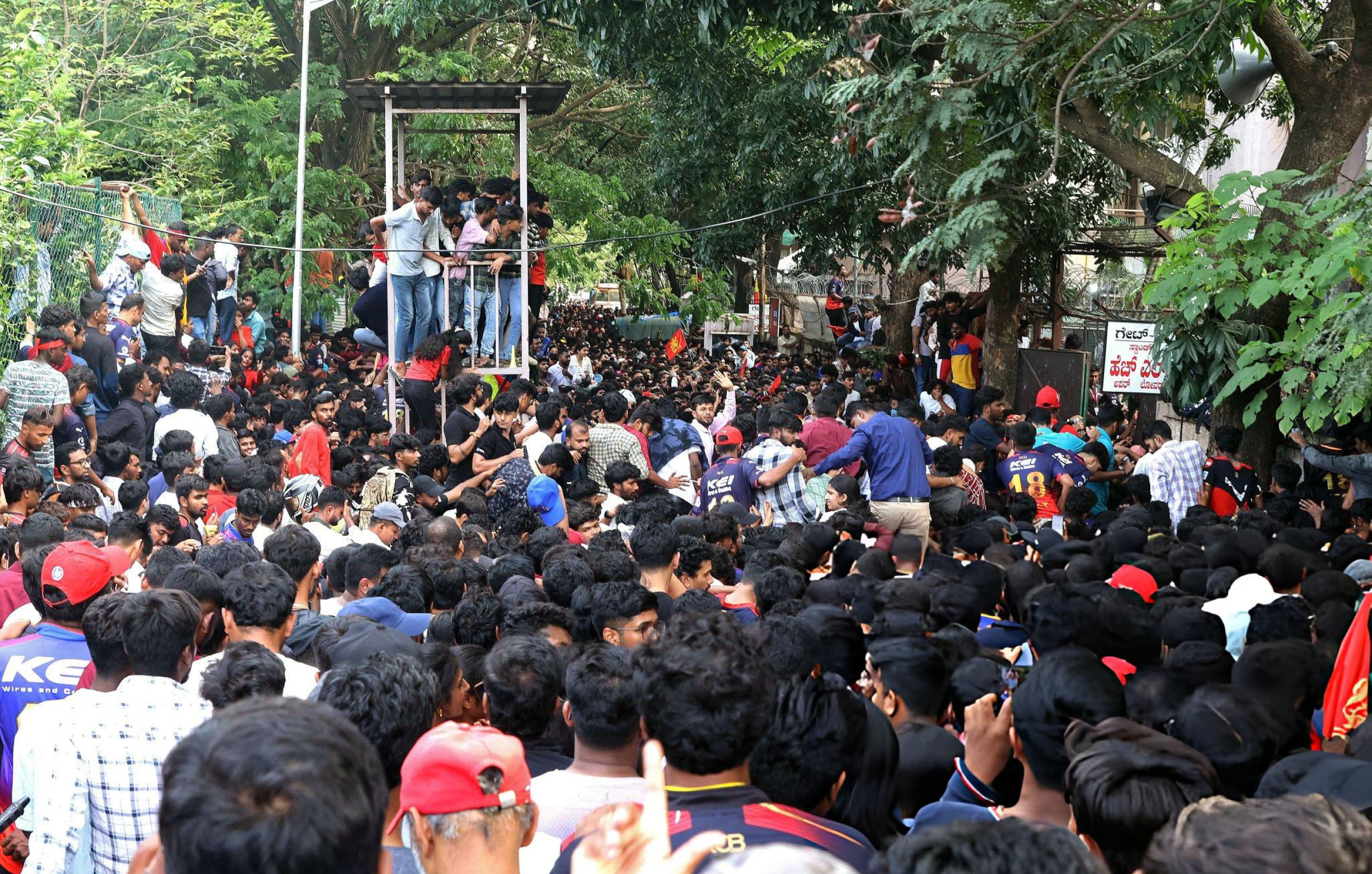New Delhi: The CID investigation has held RCB responsible for the Chinnaswamy Stadium stampede on June 4 this year. The report, squarely blaming the organisers, said that the chaos could have been avoided with better foresight and coordination. The CID report directly implicates the organisers for muddled planning and mixed messages that triggered the deadly crush.
Eleven people died and 56 others were injured in the incident, which unfolded outside the iconic Bengaluru playground, also Royal Challengers Bengaluru’s home ground, during the celebrations of the team’s maiden Indian Premier League title win.
Investigators have now wrapped up their work and readied a voluminous chargesheet running to more than 2,200 pages. The High Court has cleared it for filing, paving the way for the case to move forward.
Ticket confusion at the heart of the crush
The CID says the trouble began long before people reached the stadium gates. Mixed messages from RCB about ticket availability set off a wave of speculation. Rumours spread quickly online, and by the time fans gathered, nobody seemed sure what was real and what wasn’t. That uncertainty created a rush towards the entrances, with people afraid they’d miss out.
Investigators say this was made worse by a poorly handled tharao — the mandatory meeting organisers are meant to hold with the police. A meeting did happen, but according to the CID, it was little more than a formality. Clear decisions weren’t recorded, officers weren’t fully briefed, and crucial details slipped through the cracks.
Probe slams security gaps, lack of coordination
Event organiser DNA also comes in for heavy criticism. The CID says the private security agency hired for the programme wasn’t prepared to manage a crowd of this size. KSCA, too, has been criticised for not intervening to tighten safety arrangements at its own venue.
Investigators reviewed CCTV clips from every gate and tracked down people visible in those frames. They’ve taken statements from police personnel, private guards, the injured and even the auto drivers who ferried victims to the hospital.
After months of piecing together these testimonies, the CID says the picture is unmistakably clear: three organisations failed to plan, coordinate or communicate.
